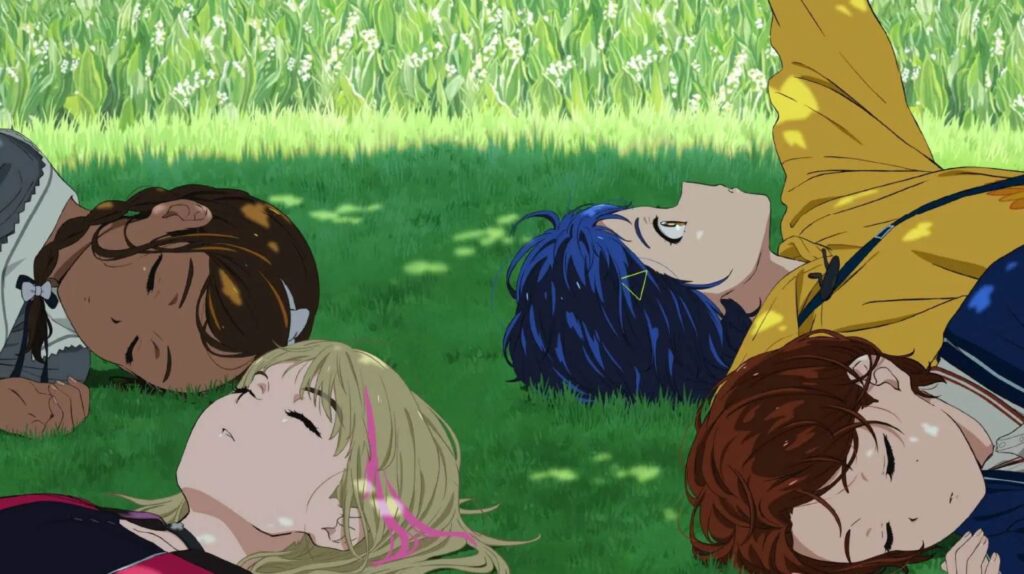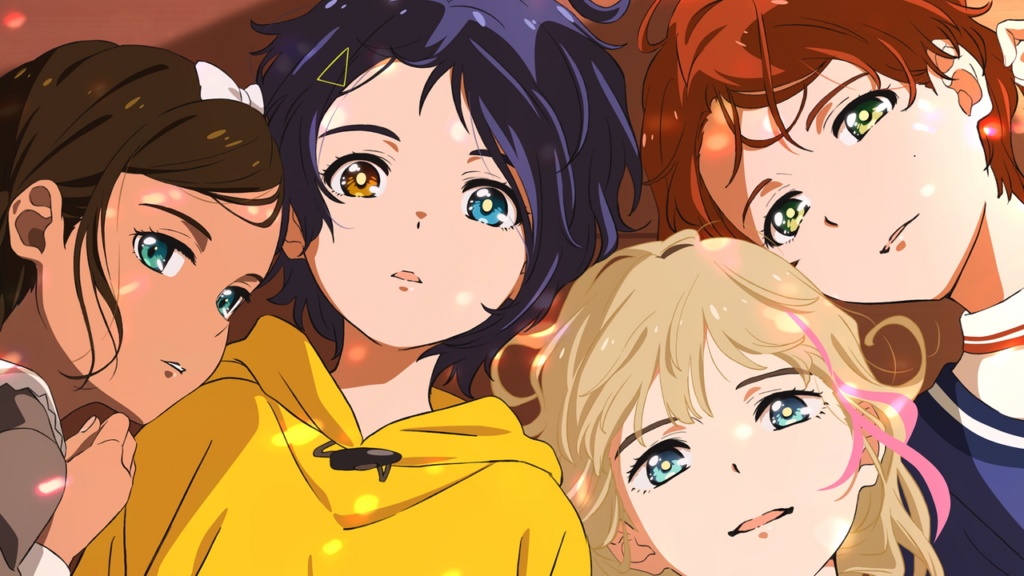
Anime Impact: Wonder Egg Priority doesn’t hide the atrocities queer communities face
Content Warning: This feature on Wonder Egg Priority will reference sexual abuse, transphobia, emotional distress
Having seen cute designs of girls from posts on Twitter, I decided to go into Wonder Egg Priority without any research, hoping that I wasn’t easily swindled by pretty colors accompanied with a bad sour plot. I was welcomed by an anime that was super similar to Puella Magi Madoka Magica, but with a fresh new artistic vision, sprinkled with a touch of sci-fi horror.
Wonder Egg Priority is a psychological horror anime that just wrapped up its first season this March. You follow Ai, the main protagonist, Momoe, Rika, and Neiru, and their battles of survival fighting villains in their dreams (literally not metaphorically), to help the spirits of dead kids cross over and rest in peace. More importantly, earn the chance to revive friends of the protagonists’, who’ve died under devastating circumstances.
The anime was created by Shin Nojima, who is known for writing and directing many Japanese dramas like Flower Shop Without Rose, Oniichan, Gacha, and more, with designs by Saki Takahashi, known for animating in Darling In The FranXX and Akame ga Kill! With such a powerful duo, I knew watching this would be a fun mess, but was not prepared for the most complicated breakdown of why things are happening in anime I’ve seen as of today. However, it does it in the most visually stimulating way.

Ai, who you follow throughout most of the show, is a middle school student who gets bullied over her quiet personality and heterochromia, where an individual has two different coloured eyes. She soon meets Koito, a just as quiet girl who sparks a friendship with Ai. As all anime does, it goes through a montage of how close they girls get and how much they really love each other, before succumbing to the familiar formula of something sad happening. In this case Koito commits suicide, leaving Ai wondering how this could’ve happened, and being unable to go to school for months because she feels she’s at fault.
Months later, Ai is told by two entities, who look like fashion school mannequins, that she is being given a chance to bring Koito back to life, but only if Ai can protect the spirits of young kids who have also committed suicide. To protect them, Ai must use the period of time where she is dreaming to defeat the giant villain that is keeping the kids from passing over. The other main protagonists also have lost loved ones they want to desperately bring back to life as well, and so they were given the same chance. Momoe lost a girlfriend that was in love with her, Rika lost a committed fan of hers from when she was an idol, and Neiru wants her sister back.
The spirits of the kids in Wonder Egg Priority hatch from eggs at the start of the protagonists’ dream (hence the anime’s name), and must survive a villain, which is a manifestation of the reason they died. This manifestation must then be eradicated.
The manifestions come in the forms of abusive coaches who push their students too far, diehard stalkers who copycat the idols who have committed suicide, body dysmorphia, cult leaders, and more. These manifestations showed me that in a really weird way, the anime describes the terrifying situations many young teens face everyday on screen perfectly, where just words could be seen as lacking.
Momoe, one of my favorite characters in Wonder Egg, shows her insecurity in being a woman as she’s admired for her masculine features, so to lean on what people like her as, she passes as a boy, even though she desperately wants someone to notice her feminine side. Momoe ends up fighting two manifestations that left me speechless. One was manifested through a young girl’s fear of a dad’s friend who sexually abused her. Momoe learns the girl’s story, all the while trying to defeat the menacing pervert who calls out things like “you wanted me to touch you, you loved it.” The whole battle felt incredibly heavy emotionally, as the girl explained that she was overcome with the guilt of opening up about her abuse from her Dad’s co-worker, resulting in the company firing her dad, and her parents struggling.

The other manifestation that shook me to is formed by a young boy’s transphobic surroundings of no one understanding that he was never a girl, despite him knowing in his heart that he is a boy. Momoe’s own issues are reflected at this point and being towered over by a monster, continuing to spewing transphobic comments to the little boy, she becomes able to see that no one should have a hold like this on someone, making them insecure on how they really feel.
While I loved how Wonder Egg Priority shows serious problems people, especially young teenagers, go through, I can’t ignore the same issue I had with Madoka: conveying real problems through the torturing of the young, female protagonists. We know anime, and really any media, doesn’t have the best representation of women, and while Wonder Egg and Madoka get so right about how teens can feel, they throw that out when gruesome visuals become a part of it for what it feels for the sake of shocking an audience. As a woman myself, it makes me feel weird. Almost all horror media tends to lean on the side of hurting women, you see it with the infamous shower scenes, the close ups to villians putting their hands over mouths, having the backstory to killers involve their mothers being neglectful; its tiring when trying to return to horror in any end and being met with the same thing.
But Wonder Egg Priority is not unforgivable. I was able to enjoy how beautiful the anime is: the vibrant colors, and ever changing scenery will keep you from being bored. Scenes transport you from school rooftops, battles in subway stations, the overlook on top of an overpass, a cottage with flowers that fill up every inch of it’s yard, to tiny Japanese apartments. When the protagonists flash their weapons, you are taken back to 90’s magical girls transformation sequences with the high musical chirps that play when their tiny weapons turn 10 times the size. The manifestation designs are outrageous and fun, they have color palettes you never see go together, and face designs that will keep your eyes glued to the screen. The visual department in Wonder Egg Priority I can say confidently is no where near lacking.
You can watch the first season of Wonder Egg Priority on Funimation. There is no word if it’ll be approved for a season two.
Anime Impact is a column from Monti Velez that looks at anime from a queer perspective.







